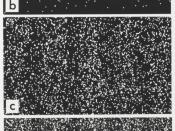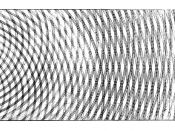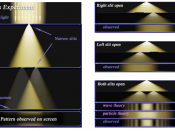The phenomenon of light is one that physical science as we know it simply cannot explain. For thousands of years, man has wondered what exactly light is, but despite all of the attentions that people have paid to this question in trying to solve it, a definitive answer has not yet been discovered. Today, a common theory has it that light is both a wave and a particle, and can be both at the same time because all particles have wave like tendencies. Although this may seem like an outrageous conclusion for one to ever reach, it is not without some merit. Since the establishment of modern science and the scientific process, some experiments have shown results suggesting that light is a wave while others have produced results that could only be produced if light was a particle. The combination of the two theories that resulted from these inconsistencies in the experiments may very well be one of the greatest scientific paradoxes known to man.
Christian Huygens first put light as a wave theory on a steady foundation in the 1600s. Although the wave theory was first proposed by Robert Hooke, Huygens was the first to give strong support to show that the wave theory was plausible. He proposed that light is a wave emitted in all waves that travels through a medium called the "lumininiferous ether". This meant that for light to travel through the vacuum of space, there had to be ether through which the light could travel. Since Huygens writings, various experimental results have resulted showing the wave theory to be a possible explanation for the phenomenon of light, one of the most famous of the group being Thomas Young's double slit experiment around 1801. To show that light is capable of destructive interference, Young passed a...


